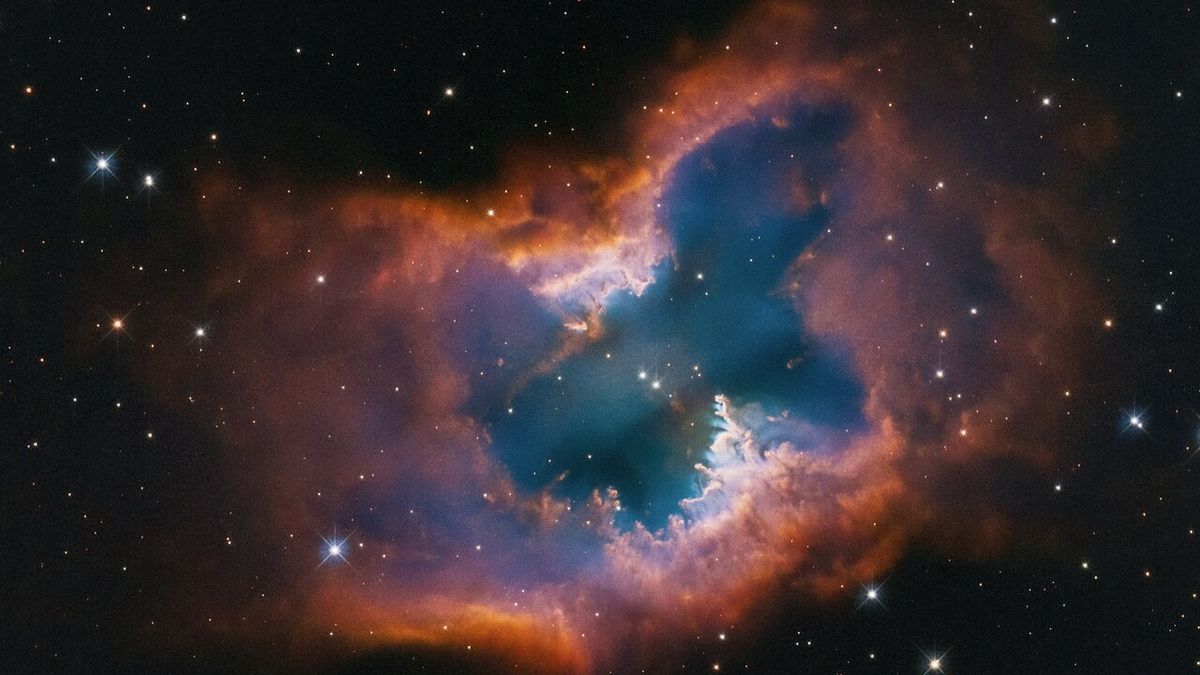Two commercial satellites have completed an undocking maneuver high above Earth, signaling the successful end to a pioneering spacecraft life-extension mission.
The Mission Extension Vehicle-1 (MEV-1), developed by Northrop Grumman Corporation’s Space Logistics LLC, docked with Intelsat’s IS-901 communications satellite in 2020 in a graveyard orbit, a few hundred miles above geosynchronous orbit (GEO), an orbital belt 22,236 miles (35,786 kilometers) above Earth.
MEV-1, which launched atop a Russian Proton rocket in October 2019 from Baikonur Cosmodrome in Kazakhstan, then brought IS-901 back to GEO and allowed it to restart its operations. But now, after extending the life of IS-901 for five years, the mission has come to an end.
IS-901 has been taken back into the GEO graveyard — where decommissioned satellites are positioned to remove them safely from the active GEO belt — by MEV-1. There, the two spacecraft undocked. Just as the 2020 rendezvous was the first docking between commercial spacecraft in GEO, this marks the first such commercial undocking.
Related: Watch Northrop Grumman's MEV-1 dock with Intelsat 901!
This is not the end for MEV-1, however, as the spacecraft is currently relocating to the next servicing mission, according to Northrop Grumman. This is all part of the company’s plans to provide life-extension services for satellites in GEO.
"The first-of-its kind technology that extended a satellite’s life is paving the way for an entire infrastructure of future on-orbit satellite servicing missions for a variety of customers," Rob Hauge, president of Northrop Grumman Space Logistics, said in an April 9 statement. "We are continuing to invest in next-generation capabilities to deliver the most technologically advanced servicing capabilities to support and maintain new and existing space-based assets."
MEV-1 is not the only player in the satellite life-extension game. Northrop Grumman Space Logistics’ follow-on spacecraft, MEV-2, is currently docked to Intelsat 10-02 and will continue providing life-extension services for an additional four years.
The U.S. Space Force also recently tapped Northrop Grumman for the Elixir refueling payload program, which will "enable the Space Force to refine tactics and procedures for rendezvous and proximity operations, docking, refueling, and undocking of on-orbit vehicles," according to a different Northrop Grumman statement.
Meanwhile, Astroscale U.S. will attempt to refuel a pair of Space Force spacecraft in 2026, following an announcement at the 40th Space Symposium in Colorado Springs earlier this month. Elsewhere, China launched its own experimental refueling spacecraft, Shijian 25, in January this year.
Countries and companies are pursuing life extension and satellite-servicing capabilities for a range of uses and reasons, including reducing space debris, potential cost savings and enabling flexible and sustainable satellite operations.








 English (US) ·
English (US) ·